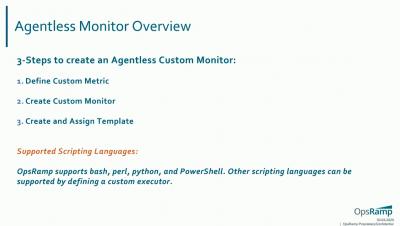Operations | Monitoring | ITSM | DevOps | Cloud
Alerting
April 2020 Update: Goodbye "I never got that alert" and emergency alerting - the new Signl Center
Our April update is BIG. It introduces emergency alerting to reach you entire team. We hope this will be a bit of humble support to your organization in this Covid-19 crisis. The core of this release is the new signl center, the new place to track alerts and their delivery in real-time, to see incoming events and how they are processed. You can now send emergency alert to your entire team with a single click.
Real-Time Retail in Asia Pacific: Ensuring Exceptional Customer Experience in an Always-On World
Across Asia Pacific, “Real-Time Retail” and e-commerce have never been more essential to meet the expectations of always-on, connected customers than it is today. To be successful, e-retailers need to ensure high availability and functionality across complex, interconnected services such as payment gateways, inventory and order management, and website and mobile apps.
How SRE's can Embrace Resilience During Crises
We've just launched Alert Sync 1.5 and it's even more functionally fantastic than before!
So, what shiny new functionality have we added for you to enjoy? As well as all the great stuff Alert Sync did before, you can now benefit from even more features: Wait Rules allow an incoming SCOM alert to be held for a specified period of time; before being evaluated against Incident Creation rules. This is really useful for those incidences when a SCOM alert might open and close itself in quick succession (like a CPU usage threshold monitor).
How AI Helps IT Ops Pros Work Remotely
Q&A with Alex Hidalgo on SLOs
Alex Hidalgo is a Site Reliability Engineer at Squarespace, and he’s currently writing a book called Implementing Service Level Objectives for O’Reilly Media. The first three chapters of the book are available now through O’Reilly’s early access program. I had a chance to read those chapters and ask Alex some questions about service level objectives and reliability. Thanks, Alex, for sharing your knowledge.
Why Your Online Business Needs SMS Messaging in 2020
2020 might be the year that we get mainstream adoption of folding cell phones and 5G connectivity, but some things don't change, and SMS usage appears to be one of them. This reliable technology is still widely used by businesses, professionals, and consumers on a daily basis, even as social media dominates our lives. SMS messaging is just convenient and quick.











